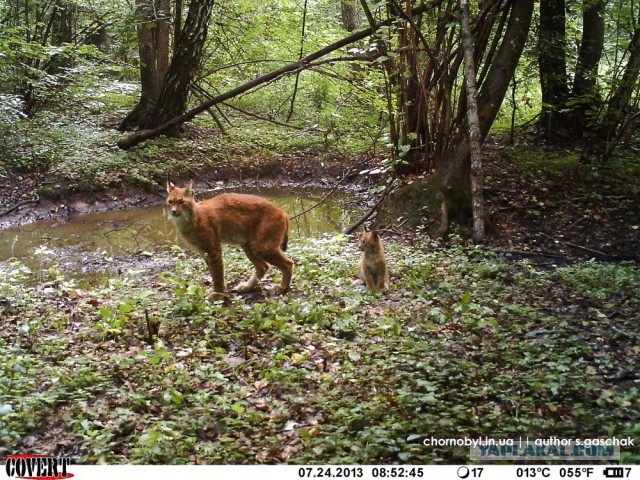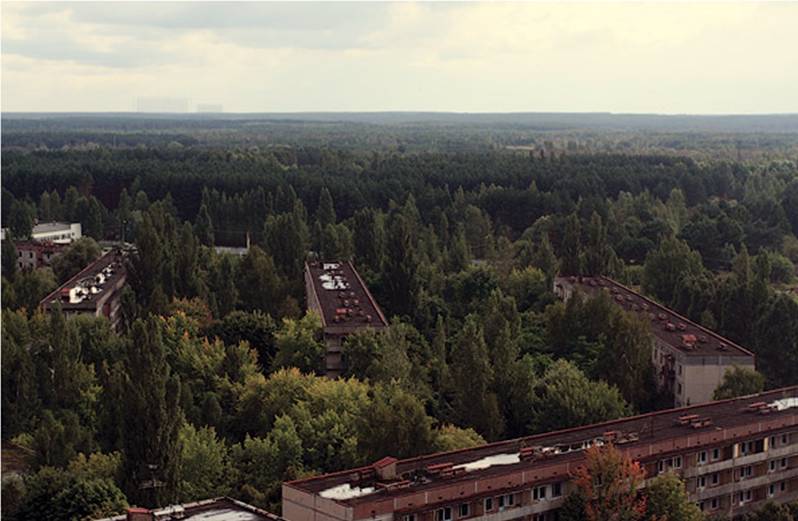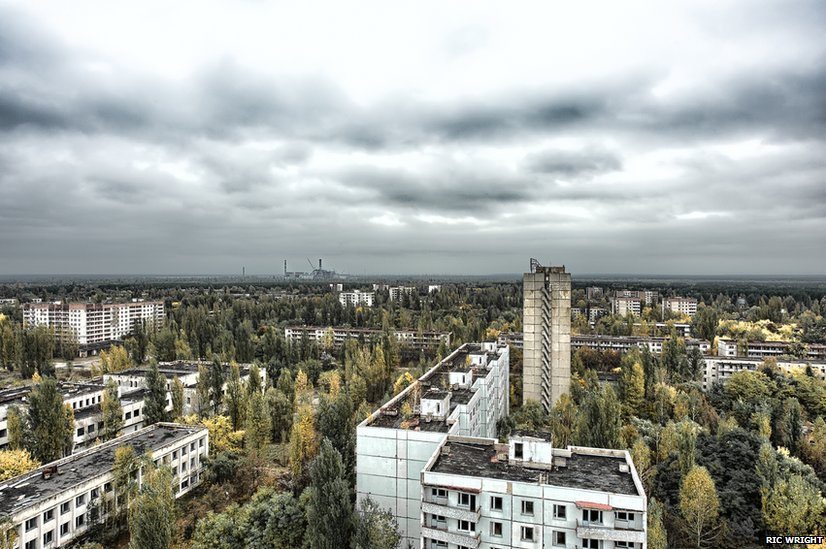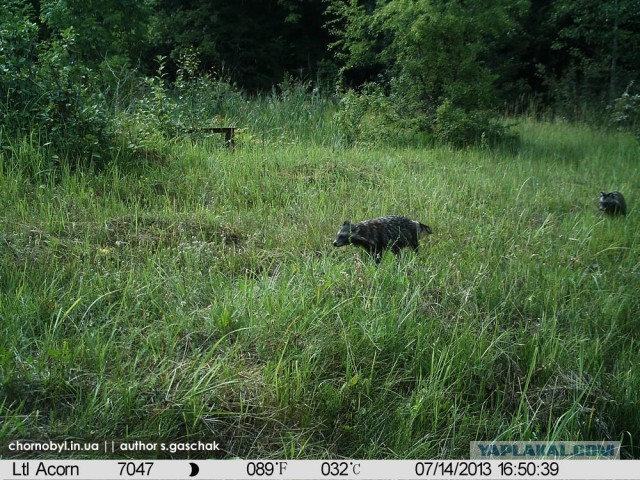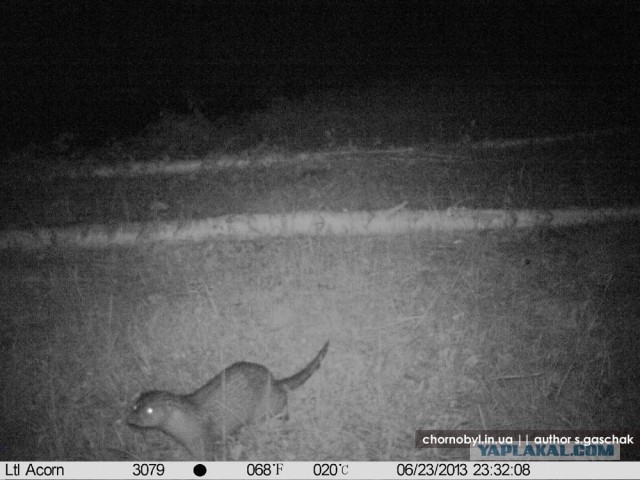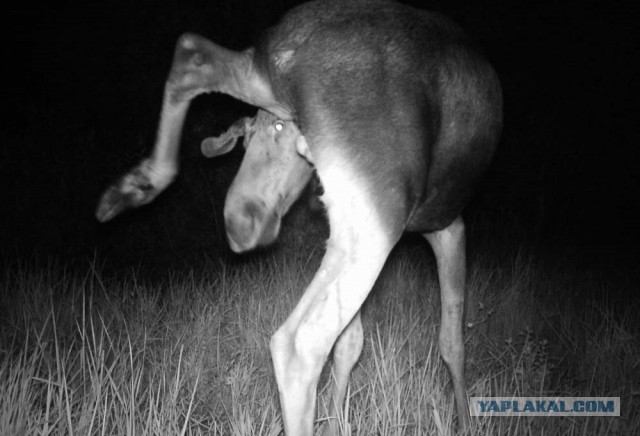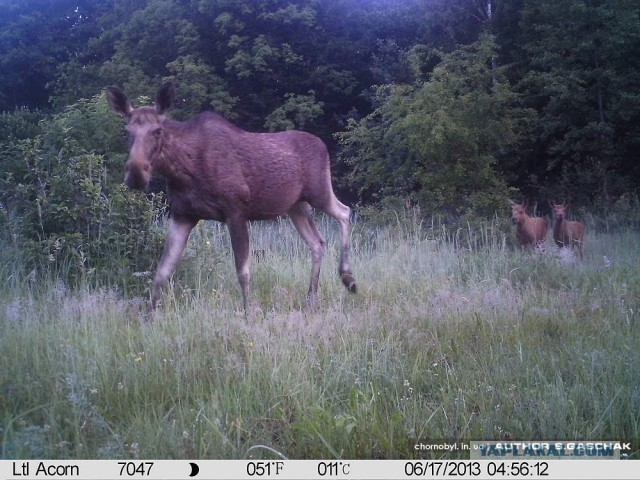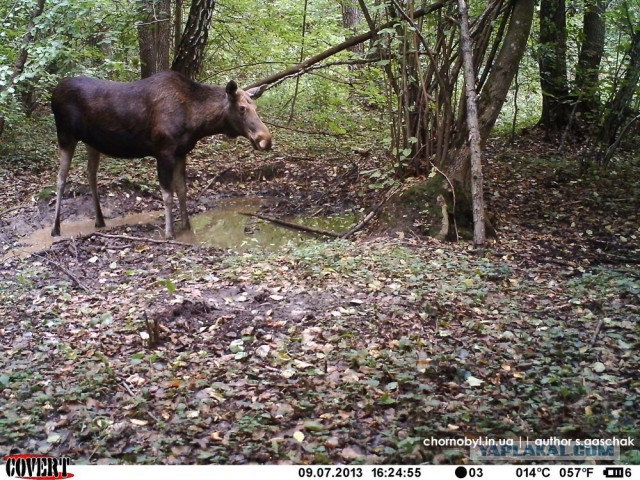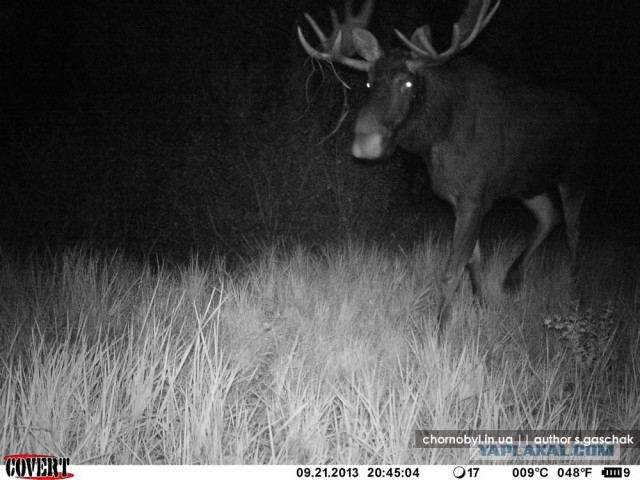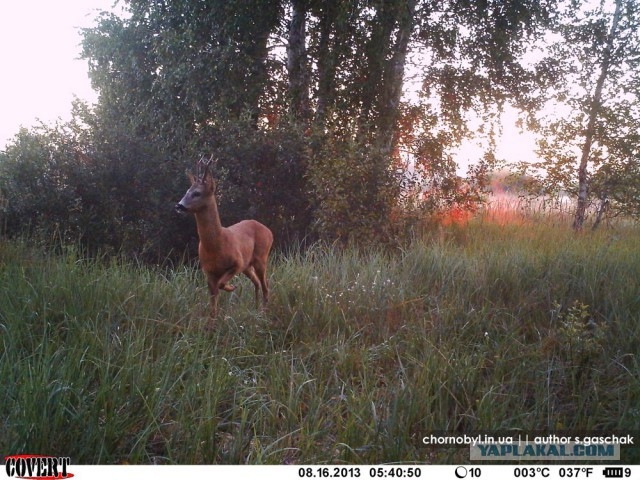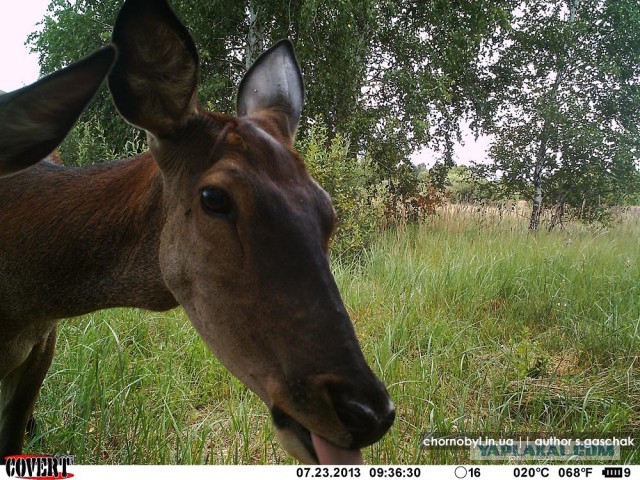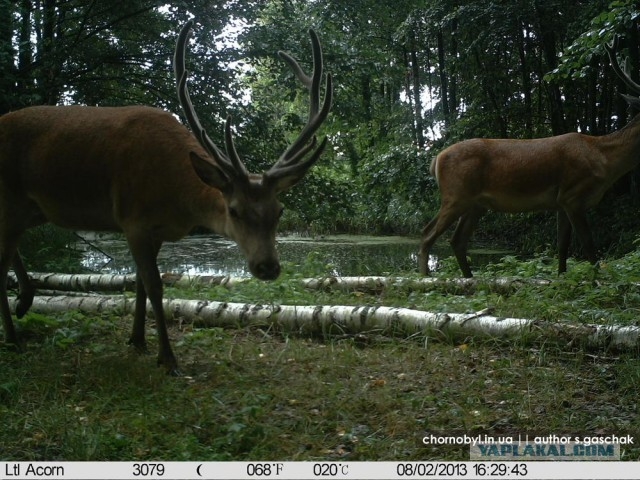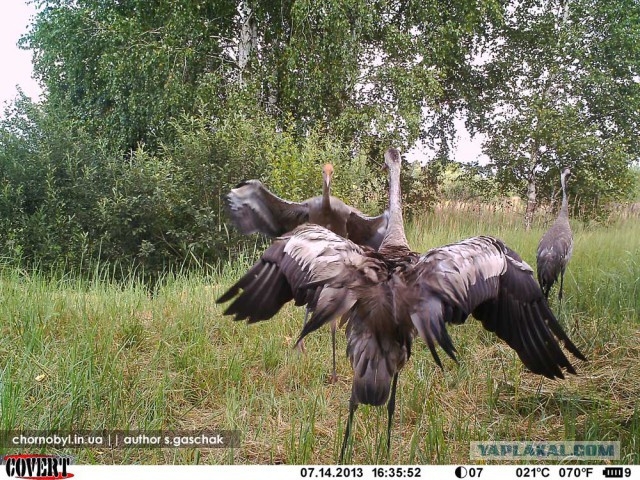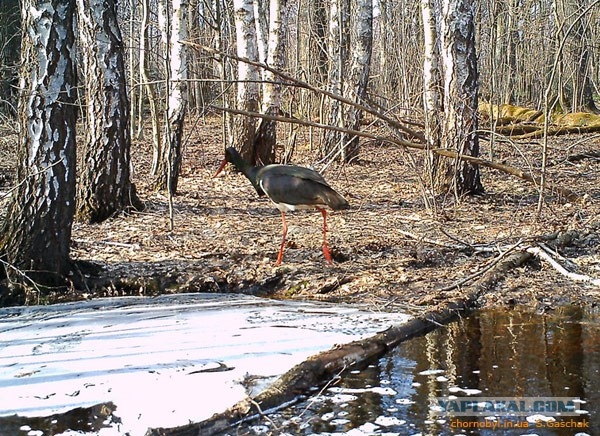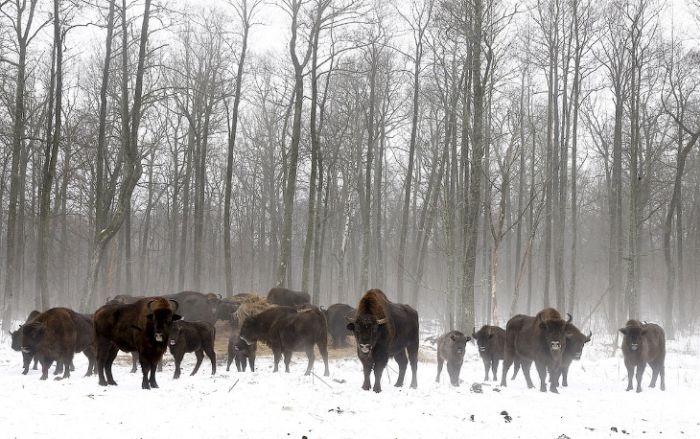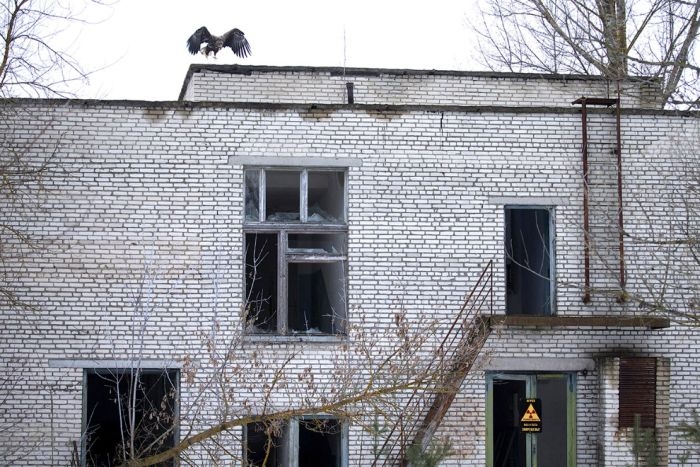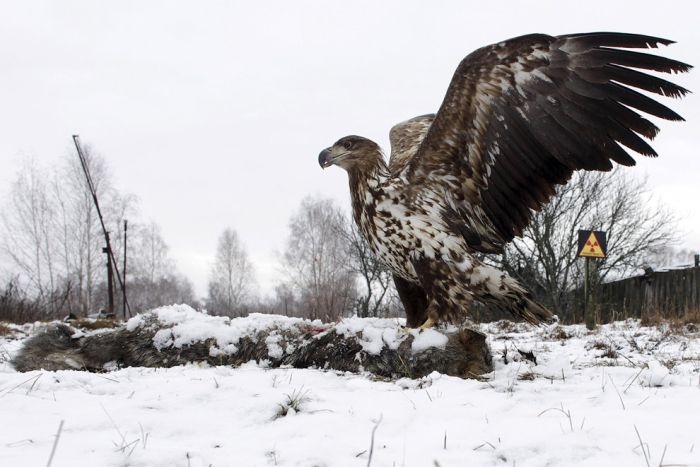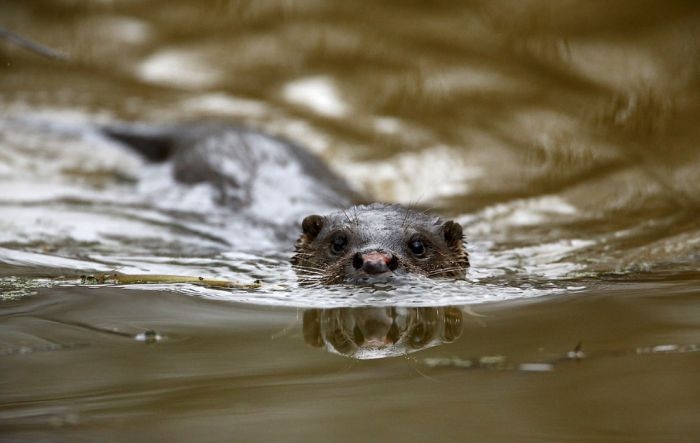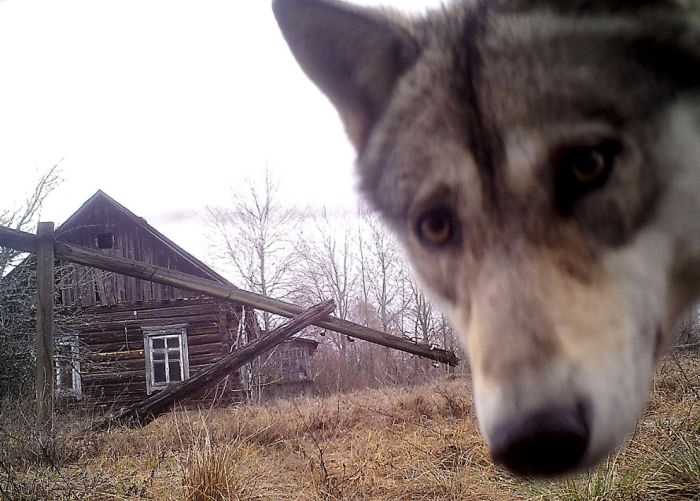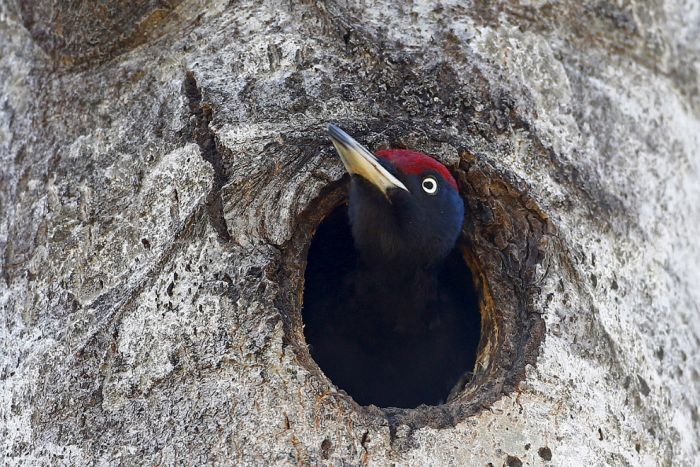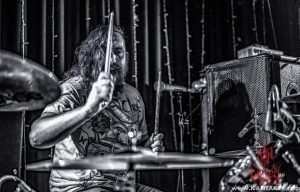Prypiat Wildlife: The Animals That Survived Chernobyl
The Chernobyl incident of 1986 left a lasting poisonous shroud over hundreds of square kilometres of land. The 60 km circle that surrounds the plant is lovingly titled “the zone of alienation.” The area is deserted, other than around 300 locals who refused to leave. The towns, roads and cities have been handed back to nature to re-colonise, and have been almost entirely overrun by thriving life.
The area surrounding Chernobyl is devoid of human life, save for about 300 locals who refused to leave. The towns, roads and cities have been handed back to nature to re-colonise, and have been almost entirely overrun by fresh life.
People who are required to visit Chernobyl to work are only allowed to stay for 5 hours per day for 1 month, and must then take 15 days off. It’s no joke, scientists think that the area will be habitable again in around 20,000 years.
One of the biggest towns to be evacuated was Pripyat, Ukraine:
Recently, scientists have installed hidden cameras in Pripyat to record the wildlife that has returned in abundance. Bear’s footprints have been seen and species that haven’t been witnessed in the region for decades are slowly returning.
It’s good to see, but also a little odd that they aren’t getting sick quickly and dying, or giving birth to babies that are in some way compromised.
Starlings, pigeons, swallows and redstart have all been seen nesting and laying actually within the steel and concrete shield erected over the reactor.
Between 1986 and 1988 the wild boar population increased eightfold. It wasn’t always like this though. The first weeks and months after Chernobyl saw a lot of animal deaths. Mice embryos literally dissolved, horses keeled over because their thyroids were eaten away. Trees were turned red and cattle’s growth was stunted. The next generation of cattle, however, were surprisingly normal.
Scientists have carried out studies on mice from the “red forest” i.e. the worst effected woodland. They found that the mice seemed to live as long as normal mice, but if you put a normal mouse in the same area, it didn’t last long at all. It’s as if they have somehow adapted to the levels of radioactivity.
They haven’t found the sorts of mutant animals that you might predict. Having said that, a mutated animal will die or be eaten pretty early on, so they may well evade scientist’s eyes.
A large part of the Chernobyl zone within Belarus has already officially been turned into a nature reserve. One scientist said this:
“I have wondered if the small volumes of nuclear waste from power production should be stored in tropical forests and other habitats in need of a reliable guardian against their destruction by greedy developers.”
It’s a shame but that probably would work. For a while at least.
It’s not all fun, fun, fun. Migratory birds with tumours in their necks and insects with high levels of radioactivity have been collected. But those tests were 10 years ago, and things seem to be looking up surprisingly quickly.
Recently one research groups that is studying the fauna in area – Transfer-Exposure-Effects (TREE) – made an exciting discovery. TREE have caught photos of brown bears for the first time in years.
Another study, published in the journal Frontiers in Ecology and the Environment in April 2016, painted a thriving picture. They concluded:
“We observed individuals of 14 mammalian species in total; for those species with sufficiently robust visitation rates to allow occupancy to be modeled (gray wolf [Canis lupus], raccoon dog [Nyctereutes procyonoides], Eurasian boar [Sus scrofa], and red fox [Vulpes vulpes]), we found no evidence to suggest that their distributions were suppressed in highly contaminated areas within the Chernobyl Exclusion Zone.”
So, whether the animals have adapted, are adapting or are approaching some kind of mutation meltdown, only time will tell. It seems both bleak and humorous that one of humanity’s worst scientific disasters has probably been the best thing to happen to the local wildlife for hundreds of years.
A recent edition of the journal Clinical Oncology, remembering the 5th anniversary of the Fukushima incident asks whether our response to the perceived dangers of radiation might be slightly over-egged. It makes some fascinating points, including the fact that more people died because of mismanagement of the evacuation program than died from radiation. In fact, no one has died because of the radiation at this point.
One of the papers, written by Prof. Thomas, says:
“The only proven radiobiological effect of the Chernobyl accident on the general population has been an increase in thyroid cancer in those who were young at the time of the accident.”
Of those 6,000 or so cases of thyroid cancer, only 15 ended in death. Any loss of life is terrible of course, but it makes me wonder, given the success of the local wildlife here around Prypiat, just how deadly radioactive material is over the long haul. Sure, I won’t be dancing in the reactor core any time soon, but it makes for interesting consideration.
MORE:
PHOTOS OF CHERNOBYL IN THE WINTER
MILLISECONDS AFTER A NUCLEAR BLAST

